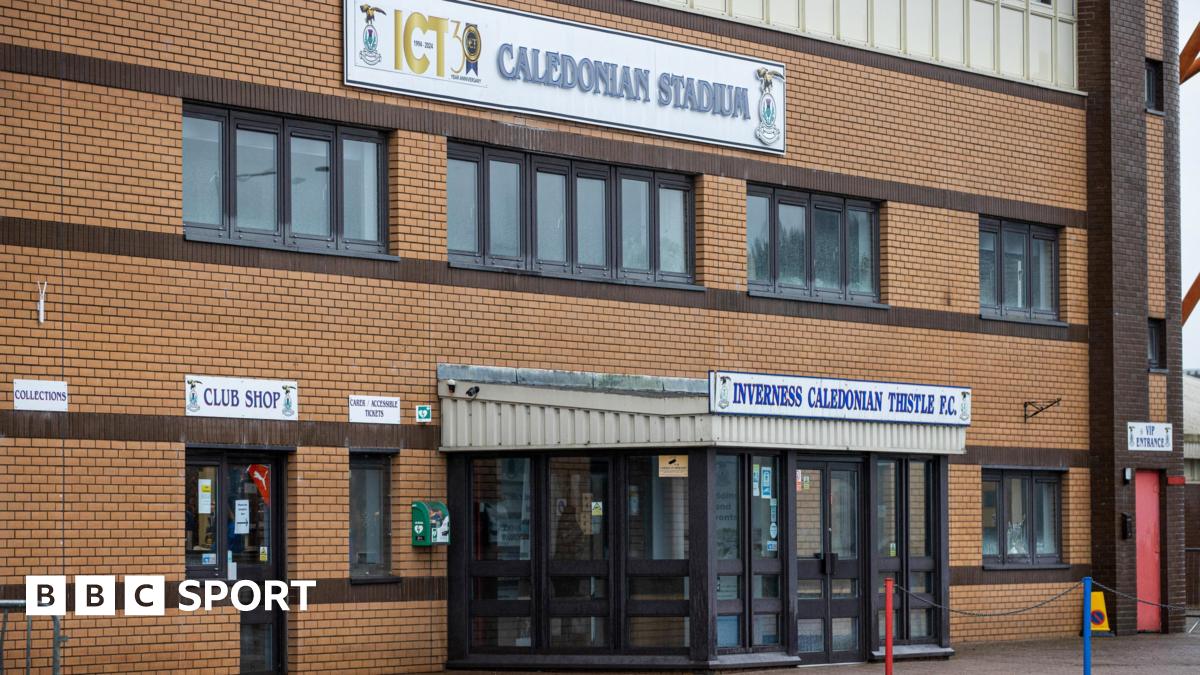Tech
IoT technology to protect Scottish heritage

A Scottish isle has turned to Internet of Things (IoT) technology in a bid to protect its landmark museum.
The Isle of Lewis has expanded its use of IoT tech in its Ravenspoint Centre Museum, to better safeguard the “cultural legacy” of its exhibits.
The visitor attraction has partnered with Censis – Scotland’s innovation centre for sensing, imaging, and IoT technologies – and connectivity consultancy FarrPoint to carry out the deployment, which will automate data collection.
Opened 15 years ago, the Ravenspoint Museum and the Angus Macleod Archive displays one man’s experience of life in the Gaelic-speaking village of Calbost through documents, videos, and voice recordings. While some of the collection has been digitised, some items are only available in hard copy, which are critical for researchers interested in island life, crofting, and Hebridean history to carry out their work.
A LoRaWAN network, which monitors the humidity and temperature levels, as well as visitor numbers, will now be installed at the museum’s exhibit areas, expanding its IoT system, which already covers its storage facility.
Monitoring humidity levels is critical when protecting historic items, as it can damage and deteriorate artefacts.
Ravenspoint Centre Museum artefacts
Access to live data from the new system will also enable the museum to track visitor numbers and identify if there has been any damage to the building, ensuring the environmental conditions are within the required thresholds to protect its artefacts.
Ally Longmuir, business development manager at Censis, said: “This project shows that no matter where you are based, you can take advantage of the benefits that IoT technologies can offer. With access to live and historic data, the Pairc Historical Society will be in a better position to protect the Isle of Lewis’s, and Scotland’s, heritage, make better-informed decisions about how to manage the museum and archive, as well as better cater to visitors’ needs.”
Keeping a clear record of this information is key for the museum to retain its accreditation from Museums Galleries Scotland, which provides access to funding, advice, and training.
The announcement comes as the number of tourists coming to the area continue to grow following the launch of the new deep-water port in Stornoway earlier this year.
The terminal is the only port in the north-west of Scotland providing a berth for large ships and it began welcoming cruises last April.
The initiative is part of Censis’s IoT Evolve programme, which was launched in 2022 with funding from the Scottish Government and Highlands and Islands Enterprise.
Dr Andrew Muir, chief executive of FarrPoint, added: “With so many IoT initiatives running in big cities, it is very rewarding to help a remote Scottish museum lead the way in IoT adoption for a change. With further funding from Censis, this trial is now a proven IoT project, demonstrating it’s not just Ravenspoint Museum that could be benefiting from this technology. I’m sure there are many other museums still performing these humidity and temperature checks manually so they should really get in touch with the project team. There are so many important outcomes from this project to be shared.”










